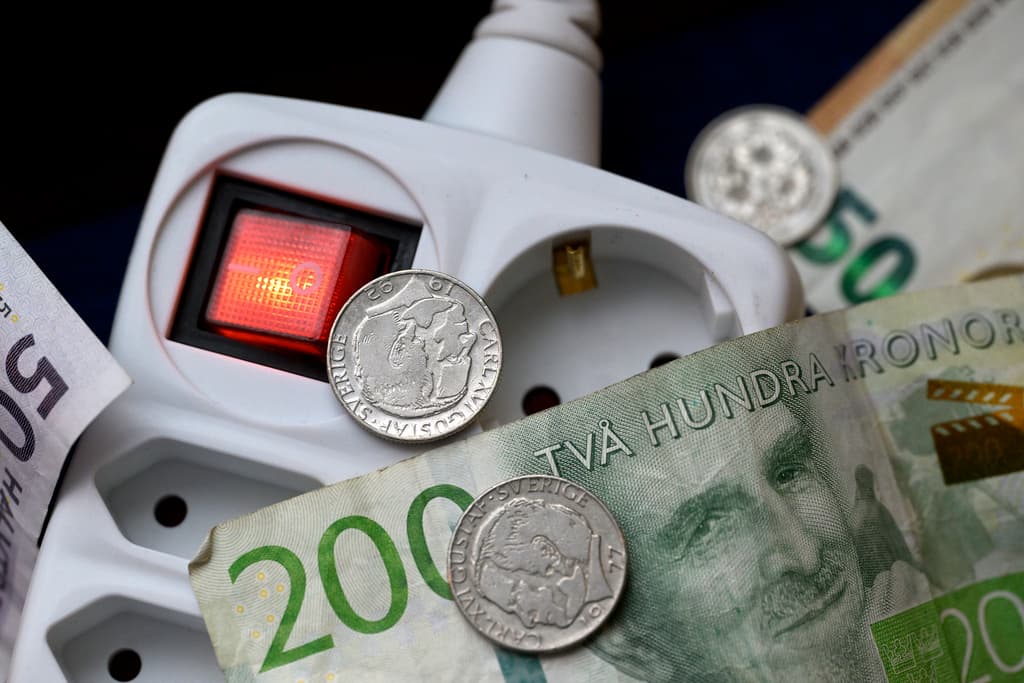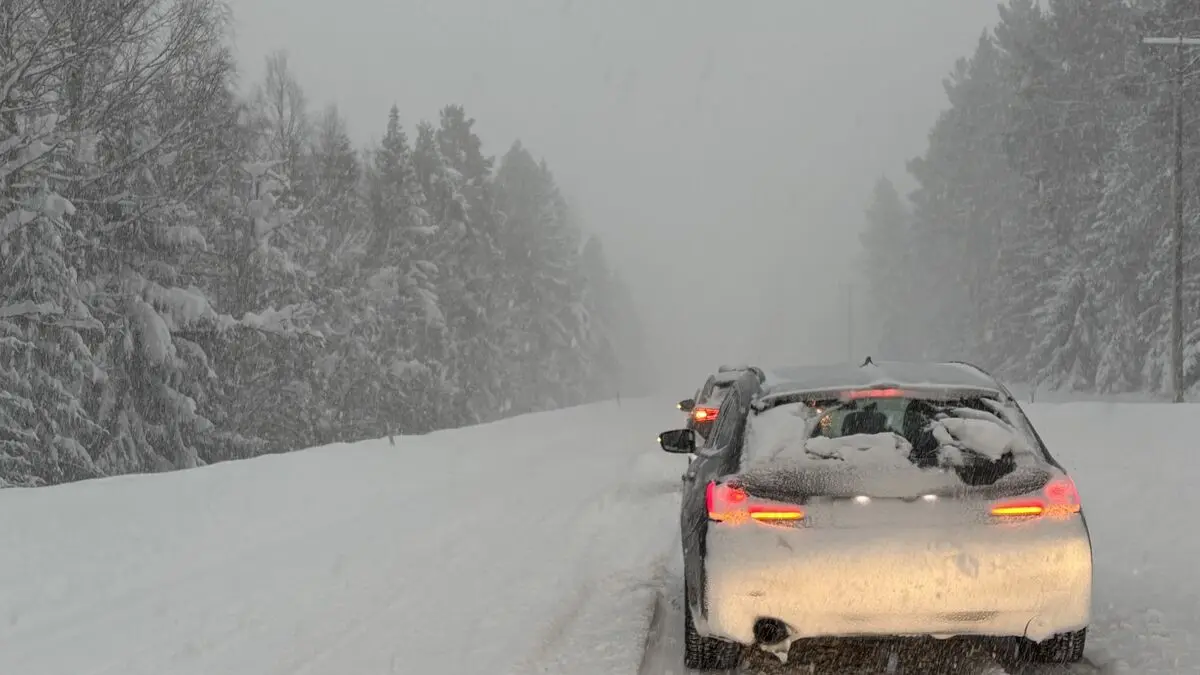He does not understand why Svenska kraftnät (SVK), despite criticism from both consumers and electricity producers, is pushing so hard for this new model that aims to make electricity transmission more efficient through, among other things, increased trade.
The more mathematical model that is supposed to calculate a more efficient way to transport electricity between the ends of the country and within the Nordic region will instead highlight all the limitations that exist, according to Nilsson.
Then there will be less trade and thus higher prices, says Mats Nilsson, who is also active as a lecturer in environmental economics at Södertörn University College.
Even higher during the winter
And, unlike SVK's analyses, he sees the electricity price rising throughout the country, even in southern Sweden. And it will be even more so during the winter half-year when electricity consumption and prices tend to be higher, compared to today's system.
For electricity-intensive industry, this will be a "catastrophe", according to Nilsson. The Swedish Forest Industries Federation, SKGS, which has warned of sharply increased electricity prices, has also tried to persuade both the government and SVK to refrain from introducing the model.
There are variants
The only winners of this will be Norway. And Sweden is the big loser, says Mats Nilsson, pointing out that our western neighboring country has a deficient electricity grid and can now use Sweden's for transport southwards.
True, EU rules say that Sweden and the Nordic region must change the model, but there are other variants that would have been better, according to Nilsson.
Magnus Thorstensson, responsible for the raw market at the industry organization Energiföretagen, joins the very critical chorus.
We do not think that SVK takes sufficient responsibility. We lack consequence analyses, he says.
Benefits from higher price
Electricity producers can, however, benefit from this.
So higher prices mean a higher income. For producers, he says.
But despite Thorstensson representing the electricity producers, Energiföretagen is against it.
It will be very difficult for smaller actors on the market. Because you get a completely different way of trying to make price predictions. And it favors the large and not the small. There is a risk of driving consolidation on the market as well. And that is not good.






